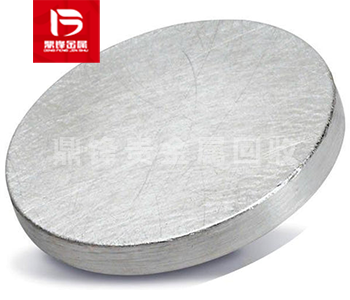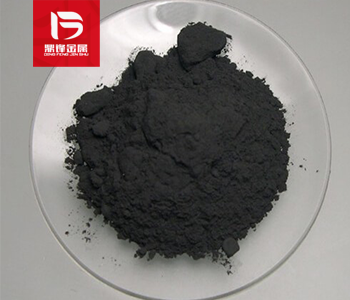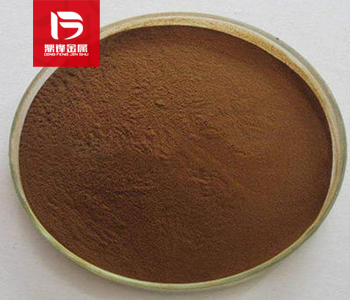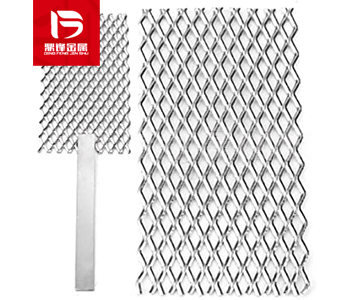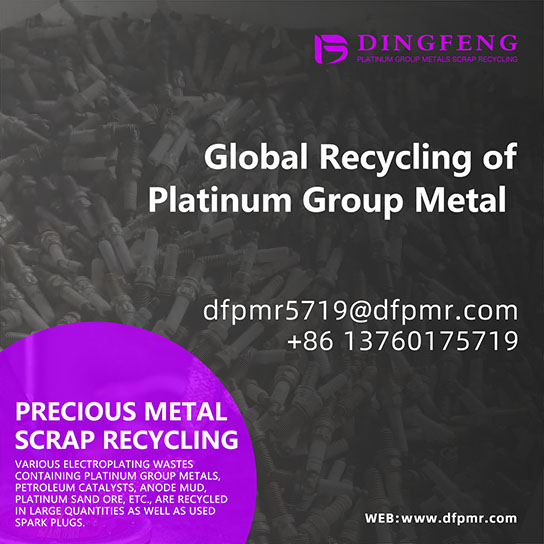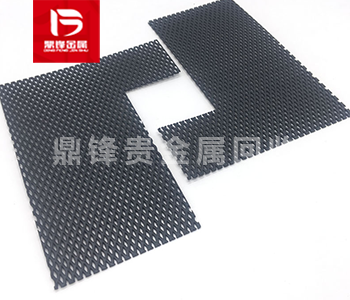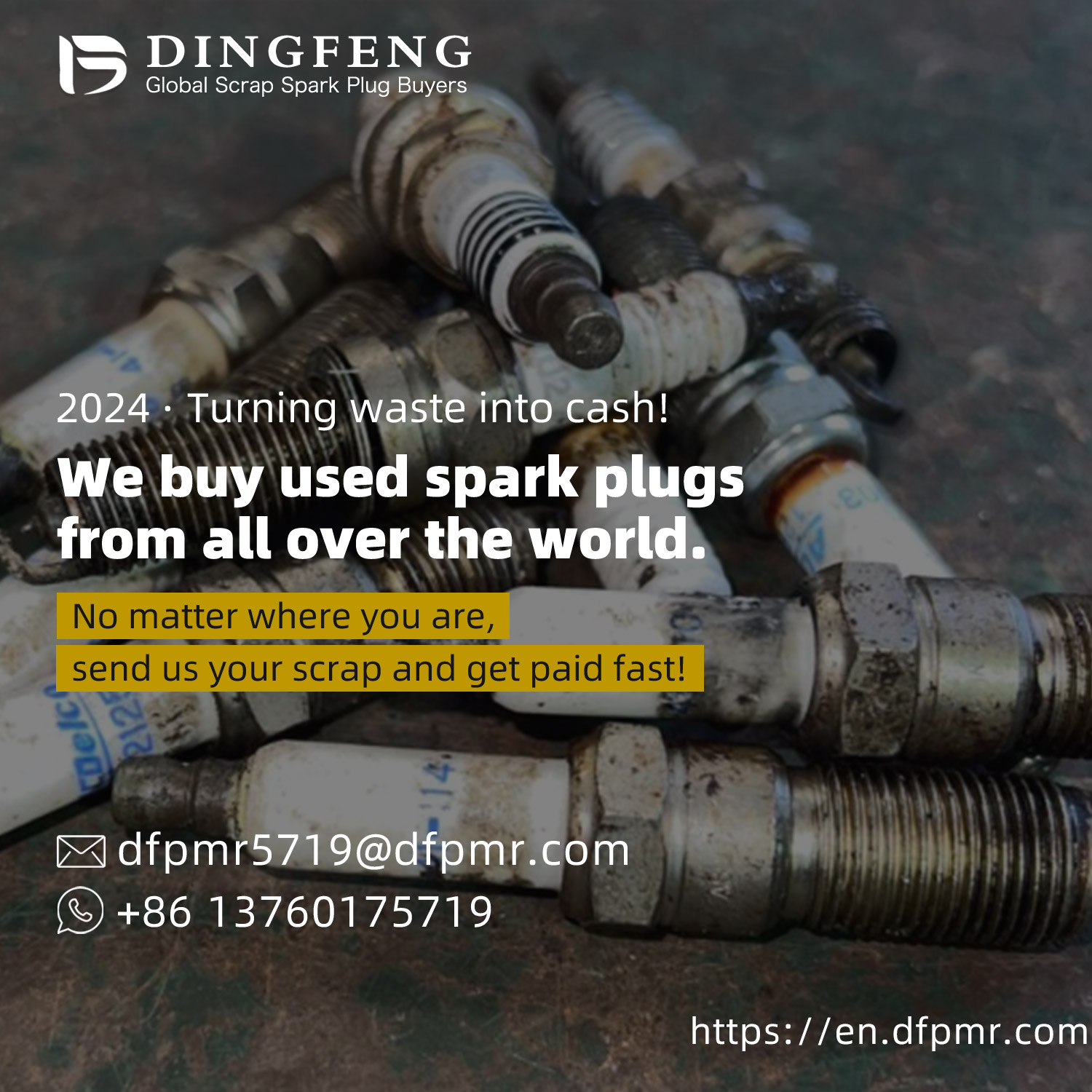Indium target recovery_ ITO target recycling_ Rare metal recycling manufacturers
Indium targets are mainly composed of high-purity indium metal. Indium is a rare metal with the chemical symbol In and atomic number 49. It is a silvery-white soft metal that does not spontaneously oxidize at room temperature. Indium has a low melting point (about 156°C), which gives it excellent processing properties under high temperature conditions. Waste ITO target recycling is one of the rare precious metal target recycling. Rare precious metal target recycling also includes silver target recycling, ruthenium target recycling, platinum target recycling, gold target recycling, iridium target recycling, germanium target recycling, tantalum target recycling, etc.
Product Details
1、 Composition
The indium target material is mainly composed of high-purity indium metal. Indium is a rare metal with Chemical symbol In and Atomic number 49. It is a silver white soft metal that does not spontaneously oxidize at room temperature. Indium has a low melting point (approximately 156C), which gives it excellent processing performance under high temperature conditions.
2、 Preparation method
The preparation process of indium targets usually includes the following steps: 1. Raw material preparation: Select high-purity indium metal as the raw material, with extremely low impurity content to ensure the quality of the final product. 2. Melt casting: Put high-purity indium metal into a furnace for melting. By controlling temperature and melting time, the indium metal is fully melted and impurities are removed. 3. Target preparation: Add a suitable mold to the molten indium metal to form the desired target shape. Casting, extrusion, or other forming processes can be used to obtain the desired shape and size. 4. Precision processing: The indium target material that has undergone preliminary molding needs further precision processing. This includes processes such as cutting, drilling, grinding, and polishing to achieve precise dimensions and surface finish. 5. Testing and Packaging: Conduct quality testing on the prepared indium target material to ensure it meets the requirements. Then package it to prevent oxidation and pollution, and facilitate transportation and storage.
3、 Application field
Indium targets have wide applications in the semiconductor industry, liquid crystal display manufacturing, and optoelectronic equipment. The following are some main application areas: 1. Semiconductor materials: Indium targets can be used to prepare semiconductor materials, such as indium tin oxide (ITO) thin films. ITO thin films have good conductivity and transparency, and are widely used in fields such as flat panel displays, solar cells, touch screens, and conductive glass. 2. Liquid crystal display manufacturing: Indium targets are used to prepare transparent electrodes for liquid crystal displays. Transparent electrodes play a role in conducting and transmitting signals in liquid crystal displays, and transparent electrodes prepared from indium targets have high light transmittance and conductivity. 3. Optoelectronic devices: Indium targets can be used to prepare optoelectronic devices, such as solar cells, photodiodes, and lasers. They utilize the special properties of indium to convert light energy into electrical energy or generate laser beams.
The recycling of waste ITO targets belongs to one of the rare and precious metal target recycling, including silver target recycling, ruthenium target recycling, platinum target recycling, gold target recycling, iridium target recycling, germanium target recycling, tantalum target recycling, etc. If you have a demand for rare and precious metal target recycling, please call our 24-hour service hotline. Dingfeng Precious Metal Recycling and Refining Factory has its own recycling and refining factory without intermediaries to earn price differences. Our professional technical team and customer service personnel provide one-on-one services to ensure customer privacy during the recycling process.
- Previous:No time
- Next:Indium(III) hydroxide recovery_ Recovery of trihydrate indiu


